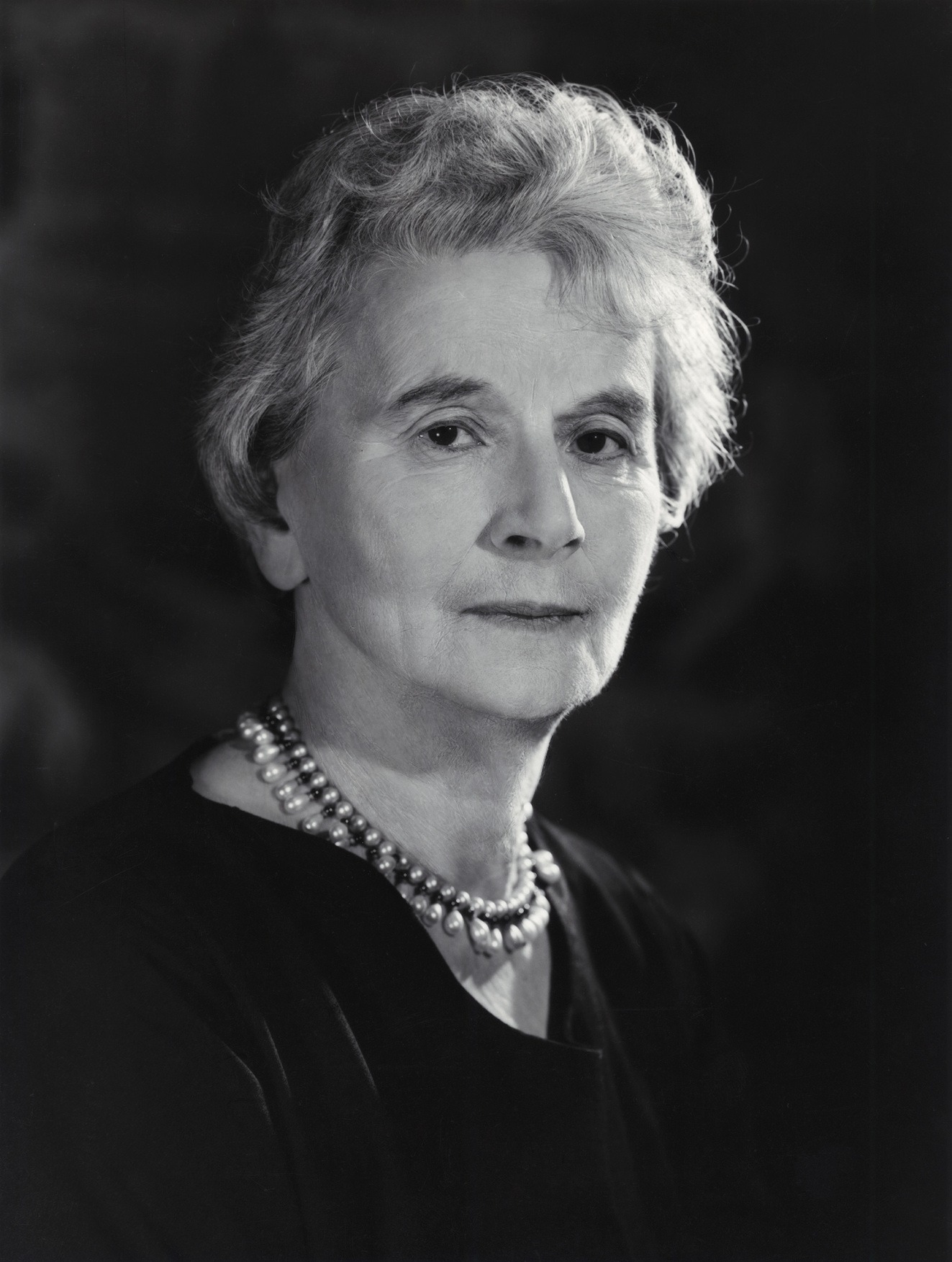people » Marie Rambert
Marie Rambert (1888-1982). Dancer, choreographer, teacher and company founder and director
Marie Rambert was born in Warsaw in 1888 as Cyvia Ramban. Originally fascinated by Russia literature, she was sent by her parents to study in Paris in 1905 after the Warsaw uprising. Officially studying medicine, she entered the city’s artistic life, and began producing dances for private parties in the style of Isadora Duncan. In 1910, she went to Geneva to study the eurhythmics of Emile Jacques-Dalcroze. She worked with Dalcroze for three years, including demonstrating his methods in St Petersburg, and taught at Dalcroze’s school, which had then moved to Dresden. Later, in 1913, she was asked to assist Vaslav Nijinsky with the creation of The Rite of Spring for Serge Diaghilev’s Ballets Russes. She joined Diaghilev’s company, going on tour to South American in 1913. Inspired by the dancing of Tamara Karsavina, Rambert threw herself into ballet, studying under Enrico Cecchetti.
During World War One, Rambert left Paris for London and studied under Serafina Astafieva. In 1917 she created her own ballet, La Pomme d’Or, in which she also danced. In 1918 Rambert married the playwright Ashley Dukes and became a British citizen. She opened her own studio, which became the Rambert School in 1920. Frederick Ashton was among its first pupils. A Tragedy of Fashion, the first ballet choreographed by Ashton, was staged by Rambert in 1926. Her company, the Marie Rambert Dancers began performing in 1930. The same year she also founded The Ballet Club, based in her husband’s Mercury Theatre, with Alicia Markova as ballerina.
Ballet Rambert, as this operation became known, then became the base from which Ashton, Antony Tudor and Andrée Howard cut their choreographic teeth during the early 1930s, and a host of the most distinguished dancers appeared in the company: Margot Fonteyn, June Brae, Maude Lloyd, Robert Helpmann and Peggy van Praagh, to name but a few. Later, dancers included John Gilpin, Paula Hinton, Belinda Wright, Lucette Aldous and Christopher Bruce, and choreographers working with the company included John Cranko and Norman Morrice, who later became co-director with Rambert. Ballet Rambert preceded the inauguration of Ninette de Valois’s Vic-Wells (now Royal) Ballet, and right up until 1966 was one of Britain’s most important ballet companies. In 1966 Ballet Rambert transformed itself into a modern dance company, with Morrice, Richard Alston and Christopher prominent both as choreographers and directors. Ballet Rambert changed its name to Rambert Dance Company in 1988, and then to Rambert in 2013.
Under Marie Rambert’s direction, her company has a good claim to be one of the most important progenitors of modern British ballet, if not, in the early days, the most important. That this is so, is largely due to Rambert’s own ability for recognising and nurturing talent in all areas of ballet (dancers, choreographers, musicians and designers), all infused by her wide knowledge and passion for the arts in general. Her legacy is as evident today as it was when she was alive. Marie Rambert was appointed a CBE in 1954 and a DBE in 1962, and a Chevalier of the Légion d’Honneur in France in 1957. Right up until her death in London in 1982 she was a force to be reckoned with and a source of advice and encouragement.

